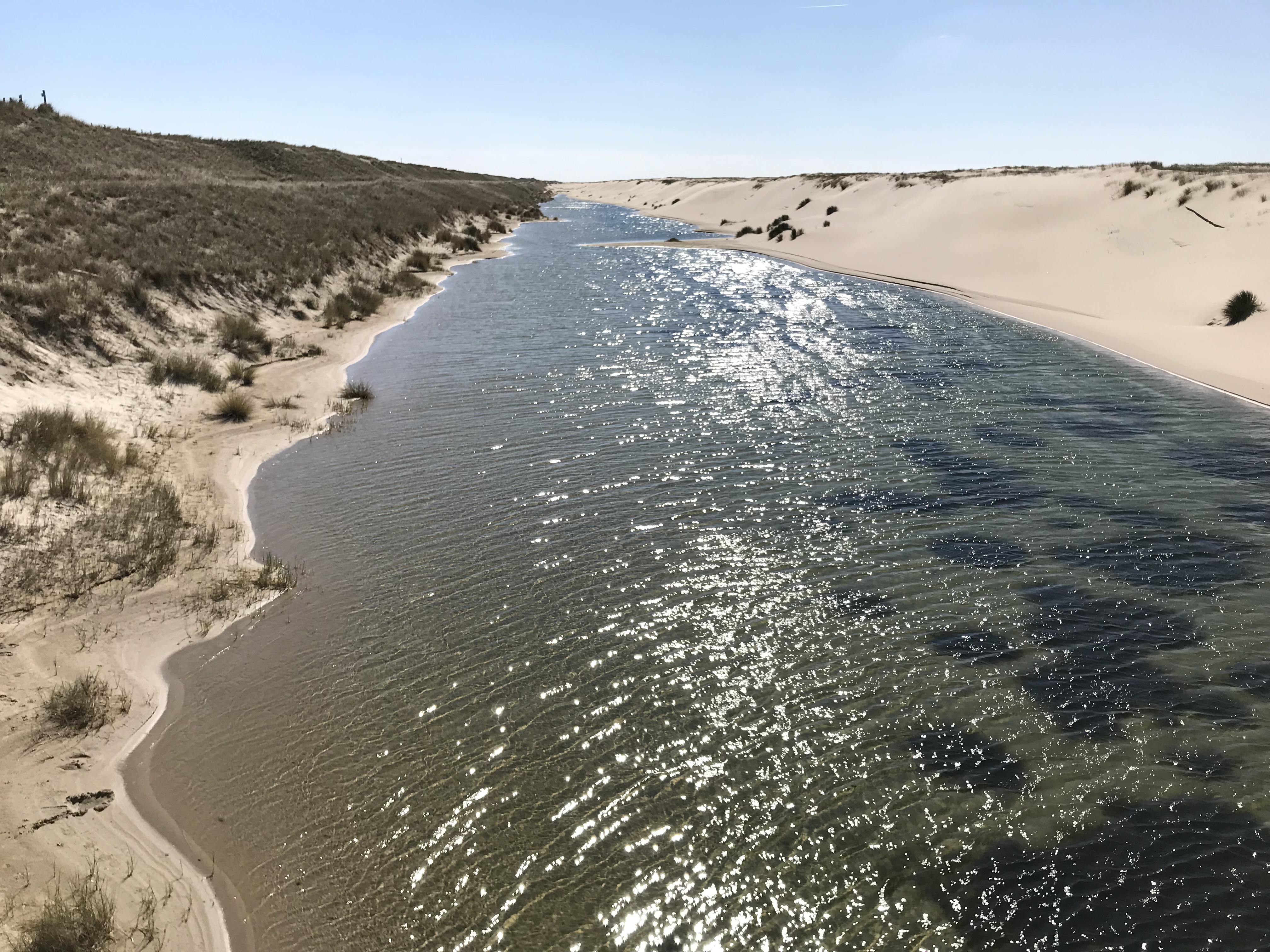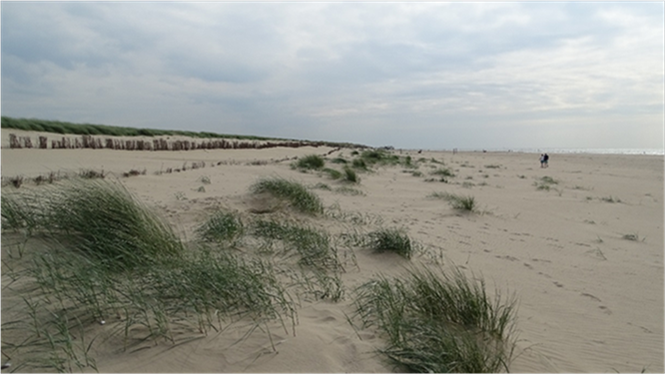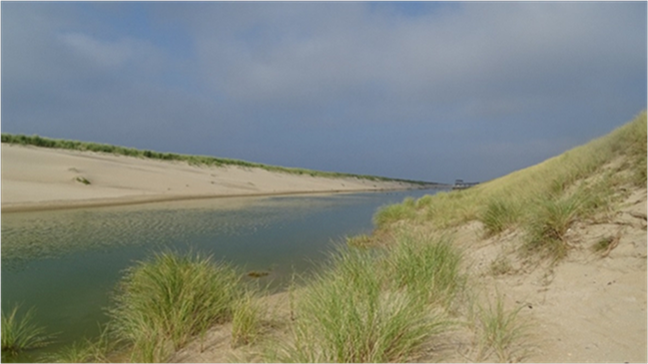How do you establish dunes that will offer long lasting coastal protection? And which will also contribute to maximal recreational and natural value? The Dutch Flood Protection Programme (Hoogwaterbeschermingsprogramma), Water authority of district Hollands Noorderkwartier (Hoogheemraadschap Hollands Noorderkwartier) and EcoShape completed the interdisciplinary research of the Hondsbossche Dunes this spring. The results offer concrete guidance for the maintenance of coastal dunes, which is important considering the reports on sea level rise.

Project manager Sonja Ouwerkerk and her team researched the development of the central part of the Hondsbossche Dunes for the past four years. Sonja: ‘With our team of coastal hydraulic engineers, ecologists, morphologists, hydrologists and social researchers we have gathered a wealth of data. Because of that, we now know better how to design a sandy reinforcement that will protect the coast for a longer period of time, and at the same time meet specific demands for recreation and nature. Safety comes first of course: how can a dune grow along with the sea level? And what do we have to do to stimulate the nature development that is common for this type of Dunes? We now have better answers to those questions’.
A part of the research focussed on the accretion of dunes. Wind blows sand into the dunes, thereby making the dunes naturally wider and higher. This form of accretion turned out to be reasonably in line with expectations. However, what turned out to be different was the place where the sand was deposited. Sonja: ‘We thought a part of the sand would blow over the dune. This turned out differently. About 70% landed on the sea side of the dunes and about 30% on top of the dune. Little or no sand landed behind the dunes, thus limiting the nuisance of shifting sand for people behind the dunes.’ The team also researched different measures to catch sand, among which were screens made of willows, and vegetation. Willow screens on the seaside and on the dune turned out to be very effective in catching and holding sand in place. According to the team of Ouwerkerk, the dune grew faster in these places when compared to the surrounding dune area. Vegetation also proved to be an effective measure for catching sand.
The plants in the area are developing well. Ben Enekhoorn from the Hoogheemraadschap Hollands Noorderkwartier says: ‘Nature is developing spontaneously and energetically. And surprisingly, many unique plant species have settled on the outer slope of the old dike.’ Sonja adds: ‘In the first measurements we found around 20 species, but in the final measurement we found already nearly 100 species. For example, we soon noticed a strip of young dunes developing, accompanied by associated plant species like rush grass, marram grass, sea rocket and stinging salsola.’
The team also sees early development in the wet dune valley. Species that settle here favour salt and light brackish conditions, among which are samphire, small marsh flowers, sea aster, rush grass and hardstem bulrush. Sonja: ‘We expect the bottom will gradually desalinate and that indigenous plant species of freshwater dune valleys will start to settle. These species will mainly spread themselves through wind or birds.’
When designing a dune area like the Hondsbossche Dunes, it is important to realise that several functions have to be combined: flood protection, recreation and nature values. In some cases that means choosing which function has priority per location. Sonja: ‘The wet dune valley is a nice example of conflict between natural and recreational function of the area. Here a small dam was located that was frequently used by recreationists to reach the beach. However, this resulted in less birds visiting the area. The Hoogheemraadschap removed the dam to create more tranquility in the area.’
Visitors are enthusiastic according to Ben Eenkhoorn: ‘I am proud that visitors greatly appreciate this area. People sometimes cannot believe that we built this and by having done so can ensure sufficient safety.’
The flood protection of the Hondsbossche Dunes against the sea is expected to uphold perfectly in the next 50 years. Sonja: ‘The dunes have been designed to meet statutory safety levels, with on top of that an additional amount of sand to compensate for land subsidence and local sea level rise of 0.3 metres in the next 50 years. We can see sufficient sand blowing into the dunes to develop along with the sea level rise and land subsidence until 2050, as long as the sand nourishments along the coast are maintained.’
The EcoShape team suggests adaptive design can lead to cost saving on the design itself, and in addition contribute to nature value. ‘For instance, you could choose to plant less marram grass. You will then get more drifting sand and open spaces, thereby enhancing the nature value. If needed, you can always plant more marram grass later. Thanks to the knowledge developed in this project, we can design the next dunes in a smarter way by letting nature do part of the work. And that is precisely according to the Building with Nature approach.’
Results
The individual reports can be found on the EcoShape website. The English Building with Nature guideline is ready as well.


